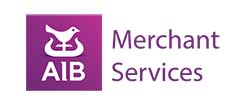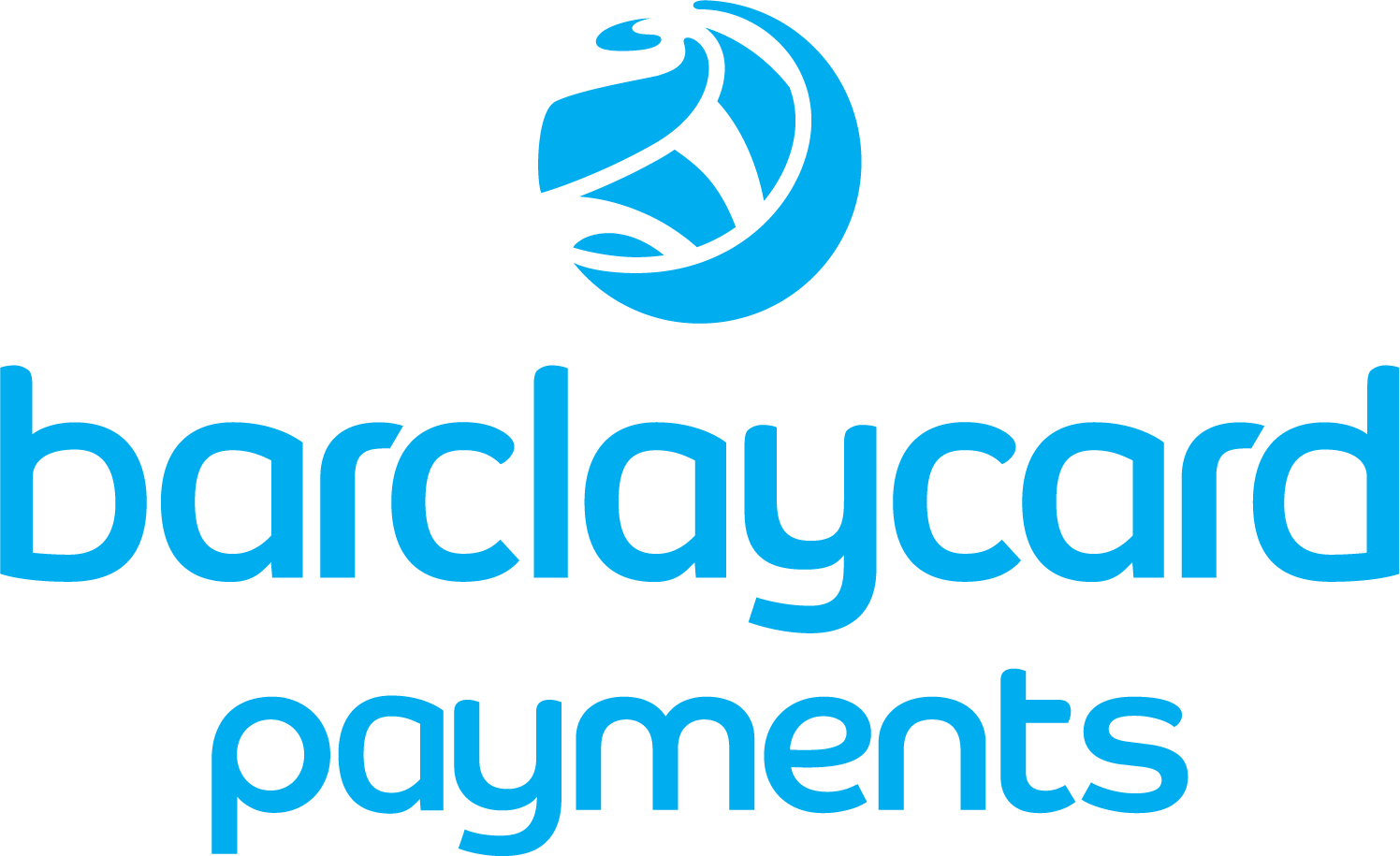- Compare Card Processing Rates from as low as 0.27%
- Keep your card processing fees to a minimum
- Direct access to 80% of the UK’s leading acquiring banks
- Make the right choice for your next UK payment provider
- Ensure your rates always remain competitive
- Seamlessly switch payment provider without a hitch






We're rated Excellent on
Understanding the Process of Payment: How It Works and Best Practices
In today’s fast-paced digital economy, businesses must understand the process of payment to ensure smooth transactions, improve customer satisfaction, and maintain a healthy cash flow. Bank accounts play a crucial role in facilitating transactions between customers and merchants, ensuring that funds are transferred efficiently. Whether you’re a merchant accepting debit and credit cards, online payments, or bank transfers, knowing how payment processing works is essential.
This guide will break down the payment process, explain the parties involved, highlight best practices for payment processing security, and explore emerging trends like digital wallets and mobile payments.
Introduction to Payment Processing
Payment processing is a critical component of modern commerce, enabling businesses to accept various payment methods and facilitating smooth transactions between customers and merchants. It involves a series of steps, including authorization, verification, and settlement of financial transactions, entirely through electronic payment systems. Understanding payment processing is essential for businesses to ensure secure and efficient transactions, which in turn enhances customer satisfaction and supports a healthy cash flow. In this section, we will delve into the world of payment processing, exploring its importance, types of payments, and the key players involved.
Types of Payments
Payment processing encompasses various types of payments, each with its unique characteristics and benefits. The two primary categories of payments are debit and credit cards, and digital payment methods.
1. Debit and Credit Cards
Debit and credit cards are the most widely used payment methods, allowing customers to make purchases online or in-person. Debit cards draw funds directly from the customer’s bank account, while credit cards enable customers to borrow money from the card issuer to make purchases. Payment processors, such as Visa and Mastercard, facilitate these transactions, ensuring secure and efficient processing.
2. Digital Payment Methods
Digital payment methods, including online payment services like PayPal, digital wallets like Apple Pay, and bank transfers, are gaining popularity. These methods offer convenience, speed, and security, making them an attractive option for customers. Payment processors, such as Stripe and Square, specialize in facilitating digital payments, providing businesses with a seamless and secure payment processing experience.
How Does Payment Processing Work?
The payment processing system involves multiple steps and stakeholders to securely transfer funds from the customer’s bank account to the business’s bank account. Here’s a step-by-step breakdown:
1. The Customer Initiates the Payment
When a customer pays for goods or services, they initiate the transaction using funds from their customer’s account by providing their payment details—whether through a point of sale (POS) terminal, an online payment gateway, or another payment method.
Common payment methods include:
- Debit and credit cards
- Digital wallets (Apple Pay, Google Pay)
- Bank transfers (including ACH payments)
- Mobile payments
2. The Payment Gateway Encrypts the Data
For online transactions, the payment gateway securely transmits the payment information to the payment processor. It uses data encryption to protect against data breaches and fraudulent transactions.
3. The Payment Processor Receives the Request
The payment processor acts as an intermediary, forwarding the transaction details to the relevant card network (Visa, Mastercard, etc.). The card network then communicates with the customer’s bank (the issuing bank) to verify:
- Whether the customer has sufficient funds
- If the transaction appears legitimate
4. The Issuing Bank Approves or Declines the Transaction
The issuing bank checks for fraud and account balance before sending an authorization response. If approved, the funds are reserved for transfer.
5. The Acquiring Bank Completes the Transfer
The merchant bank (or acquiring bank) receives the approved transaction and deposits the funds into the merchant’s account, usually within 1-3 business days.
6. The Merchant Fulfills the Order
Once the payment processing system confirms the transaction, the merchant can complete the sale.
Merchant Accounts and Payment Service Providers
A merchant account is a type of bank account that allows businesses to accept credit and debit card payments. Payment service providers, such as payment gateways and payment processors, facilitate the payment process, ensuring secure and efficient transactions. Merchant accounts are essential for businesses to handle debit card payments and other electronic transactions. Payment service providers play a crucial role in the payment process by offering the necessary infrastructure and security measures to process payments smoothly. By partnering with reliable payment service providers, businesses can enhance their payment processing capabilities and provide a better experience for their customers.
Key Players in Payment Processing
Several financial institutions and service providers facilitate electronic payments:
- Customer & Their Bank (Issuing Bank) – Holds the customer’s account and authorizes payments.
- Merchant & Their Bank (Acquiring Bank) – Receives funds from transactions.
- Payment Gateway – Secures online payment processing.
- Payment Processor – Handles communication between banks and card networks.
- Card Networks (Visa, Mastercard, etc.) – Routes transactions between banks.
Best Practices for Secure and Efficient Payment Processing
To ensure seamless payments and protect against fraud, businesses should follow these best practices:
1. Choose a Reliable Payment Processor
Compare payment processing companies based on:
- Transaction fees and monthly fees (avoid hidden fees)
- Support for multiple payment methods (including digital payments and ACH payments)
- Compliance with data security standards (PCI DSS)
2. Use a Secure Payment Gateway
A strong payment gateway ensures:
- Data encryption to prevent data breaches
- Fraud detection tools to block fraudulent transactions
3. Offer Multiple Payment Options
Customers prefer flexibility, so support:
- Debit card payments & credit cards
- Digital wallets (Apple Pay, Google Pay)
- Bank transfers and mobile payments
4. Ensure PCI DSS Compliance
The Payment Card Industry Data Security Standard (PCI DSS) helps protect payment data and reduces fraud risks.
5. Monitor Transactions for Fraud
Use AI-driven fraud detection to spot suspicious debit card transactions and prevent chargebacks.
6. Optimize for Speed & Convenience
- Enable one-click payments for returning customers.
- Ensure fast checkout experiences for online transactions.
Emerging Trends in Payment Processing
The process of payment is evolving with new technologies:
1. Digital Wallets & Mobile Payments
Services like Apple Pay and Google Pay allow customers to pay without entering debit card details manually.
2. Buy Now, Pay Later (BNPL)
Alternative financing options are gaining popularity.
3. Real-Time Bank Transfers
Faster bank transfers (like UK’s Faster Payments) improve cash flow.
4. Enhanced Security with Biometrics
Fingerprint and facial recognition add extra layers of security.
Understanding the payment process is crucial for businesses that rely on accepting electronic payments. By leveraging secure payment processing services, staying compliant with regulations, and adopting new payment methods, merchants can enhance customer satisfaction and drive growth.
Whether you’re processing debit card transactions, online payments, or digital wallets, choosing the right payment systems and following best practices will ensure seamless payments and long-term success.
For businesses looking to optimize their payment processing work, partnering with trusted payment processing companies is the key to facilitating transactions efficiently and securely.
By staying informed and adapting to trends, UK businesses can navigate the evolving world of financial transactions with confidence.
